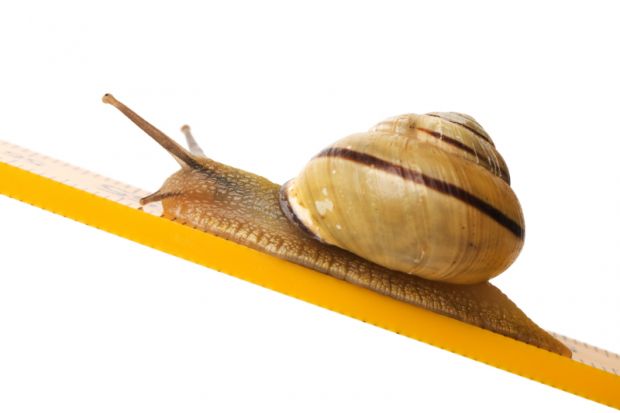The growth in applications to UK universities has slowed, ahead of the lifting of student number controls in England this autumn.
Data released by Ucas show that 673,040 people applied to study full-time undergraduate courses at UK higher education institutions by 30 June, the final cut-off point for the main application route.
For the first time in 2015, a large number of Scottish teacher training courses were included in the main scheme. The total excluding this cohort is 668,460, which represents a 1.5 per cent increase on 2014, when 658,880 students applied. This means that growth has slowed, since the 2014 figure was up by 3.7 per cent on the previous year.
Looking at England alone, where universities may now recruit as many students as they like, growth slowed from 4 per cent to 1.5 per cent.
Mary Curnock Cook, Ucas’ chief executive, tweeted that lifting the cap “doesn’t produce more human beings with the potential to succeed”.
This year’s UK-wide figures include a 7.2 per cent increase in the number of non-UK European Union students applying to universities via Ucas. This tally rose to 48,610 from 45,380 in 2014.
However, the number of non-EU students applying to UK universities via Ucas grew by only 2 per cent, from 69,060 to 70,470. Last year this cohort of applicants increased by 6.3 per cent.
The data also indicate that the most selective universities are becoming increasingly attractive to applicants, while institutions with lower entry standards are faring less well.
Higher tariff institutions attracted a total of 980,610 applications in 2015, up by 4 per cent on 2014’s figure of 942,500.
In contrast, applications to lower-tariff providers were down by 1 per cent, from 995,890 to 986,390.
Medium tariff universities enjoyed growth of 2.6 per cent, up from 881,739 to 904,510.




